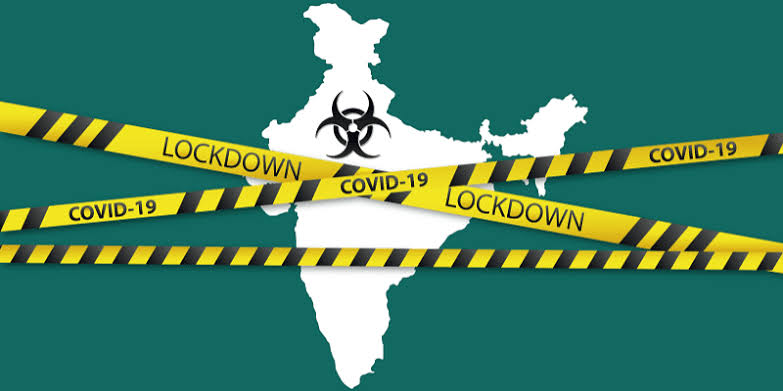If you analyse last year economic events, then you can easily trace the impacts of Covid-19. When the whole year has been under the influence of Covid-19, no economic evaluation can be done beyond its scope. But past economic evaluation should be understood by dividing it into two broad aspects. An economic assessment of the first part that preceded the Covid-19. It will be of short duration. While the origin of the ongoing decline in the economy can be tracked even before Covid-19 and the 2020 general budget, which has not been able to achieve its goal due to this global epidemic. The other part will emphasize on the economic assessment of the state during Covid-19 battle.
Pre-Covid Indian Economy:
Before the arrival of the Covid-19 crisis, the Indian economy had entered into its worst phase of two decades. Demand and consumption from the market were decreasing. The government was trying to revive the market through economic packages and liberal announcements. The Indian economy was at a 45-year low based on nominal GDP. It was at the lowest level of 11 years based on real GDP. The unemployment rate was the highest in the last 45 years and rural demand was at the lowest level in the last 40 years. The agricultural growth rate was also at its lowest in a decade and there was no positive news in terms of agricultural income. The confidence of consumers in the market was declining. As per RBI, NPA of banks was touching the figure of 10 lakh crores and expected financial fraud was more than 2 lakh crores in the last year. All these facts conclude that the picture of the Indian economy had become very blurred even before the introduction of Covid-19. However, Covid-19 worked as the last nail in the coffin of the Indian economy.
Post- Covid Indian Economy:
Pandemic covid-19 has affected the entire mankind in all the possible manner. The greater health catastrophe has been, is now coming in the form of economic catastrophe. The Indian economy has been already shrunk by -23.9% in the first quarter of FY 2020-21. But this figure is just a small picture of the economy. India’s unorganized sector consists of 45% and contributes nearly 45% of the production. Interestingly, our GDP is calculated on the remaining 6% organized sector. The (un)planned lockdown imposed to control the menace of Covid-19 had badly hampered the unorganized sector of the country, hence this figure of GDP is even more frightening than appears. Most of the jobs have gone in the unorganized sector. Many business houses in the unorganized sector were forced to shut their businesses. Therefore, this year has been the most frightening phase of the Indian economy for the unorganized sector.

Secondly, the lockdown has affected the Indian economy in both demand and supply ways. The Indian economy had already drowned into a demand-driven slowdown even before Covid-19. There were reports of production and employment cuts from every sector. The Covid-19 transformed this entire recession into a “demand and supply-based slowdown”. Due to the lockdown, people lost their jobs and business closed down, the demand in the market decreased further, and on the other hand, the supply of all services besides the essential services was also stable for a long time. Although the second-quarter figures indicate that the economy is coming on track, but according to the Reserve Bank of India estimates, in the third quarter the economy will grow at a mere 0.1%.
Financial unavailability due to Covid-19 has also forced the government to cut down several expenditures. The government’s tax revenue is expected to fall by 10 per cent. This is an initial sign of broadening fiscal deficit. This year, the government has cut down its expenditure by a total of 22%. This is also a reason that the demand in the Indian market is not increasing. Private companies are already upset due to the stalled lockdown and at present, the entire responsibility of reviving the economy depends on government spending. However, the government has also failed to meet large scale financial demands. The lack of demand in the market has added to the problem of unemployment. The average unemployment rate in November was above 6.5 per cent, the highest in the last four decades. Inflation was 6.93 per cent in November, while the food inflation rate was 9.43 per cent.
Today, the Indian economy is stuck in a terrible cycle of unemployment, poverty, inflation and inequality. This is not an auspicious sign for the Indian economy. If new employment opportunities are not provided soon, then the improvement in the Indian economy will be limited to only 1% of the people at the top. The government must work in the new year with new policies to generate new employment opportunities at a small level. Income generation can be done through employment in the market.
As a result of employment generation, demand will return on the track and amidst the increasing demand, the wheel of investment and re-employment generation will start to spin.
(Writer is a Student of FoC, BHU and Founder and President of Finance and Economics Think Council)
